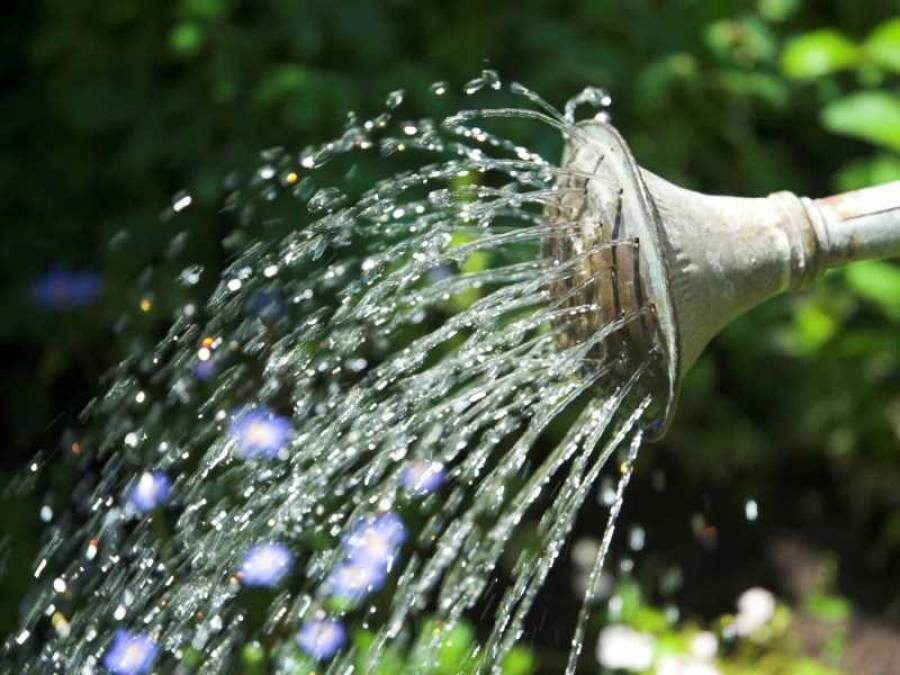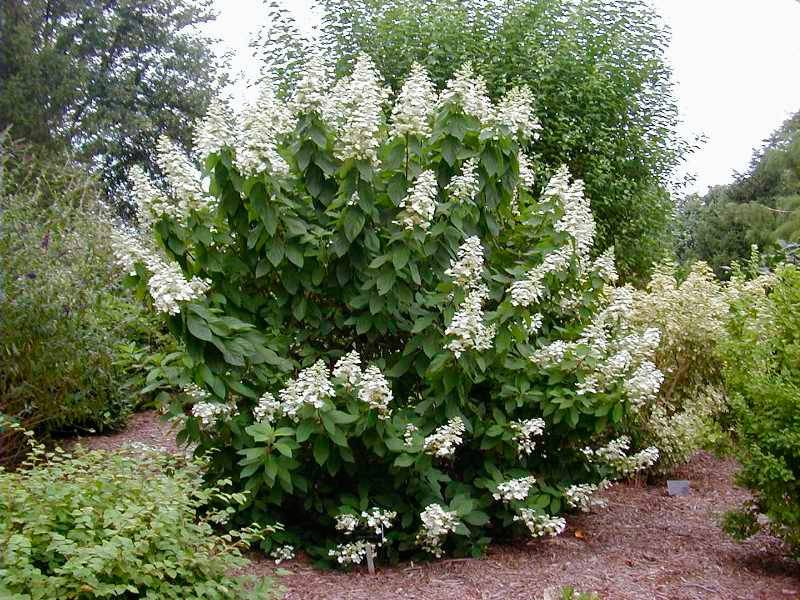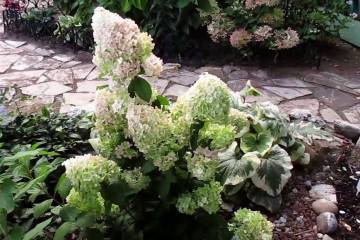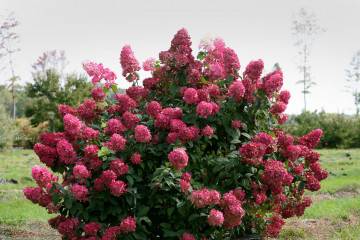Hydrangea Tardiva - variety description
Content:
Hydrangea Tardiva can be a great addition to any flower garden. It is characterized by lush flowering and pleasant honey aroma. In order for the culture to retain its decorative effect as long as possible, it needs to be watered, cut and fed on time.
Description of hydrangea Tardiva (Hydrangea Paniculata Tardiva) paniculate
Japan is considered the birthplace of culture. At first, it was grown on Sakhalin and in China, therefore, the flower is characterized by high resistance to frost. Today it is grown in the Urals and in other regions of Russia.
Hydrangea paniculata Tardiva has white inflorescences that turn reddish over time.
The key virtues of culture include the following:
- high resistance to diseases that affect the roots;
- frost resistance;
- the ability to restore the vegetative part within a short period of time;
- long flowering;
- the ability to grow in one place for many years.
Transplanting hydrangea Tardiva after purchase in open ground
When planting a culture, it is important to take into account that its roots grow strongly and are located near the very surface of the soil. Therefore, it is important to keep the spacing between plants 2-3 m.
What is needed for landing
To carry out planting work, you will need a seedling, substrate and mineral fertilizing. With proper preparation, the hydrangea quickly takes root and begins to bloom. The sprout can be bought ready-made or grown independently.
In the first case, it is worth carefully examining the state of the plant. It is important that the culture does not show symptoms of disease or damaged areas.
Choosing the best place
According to the description, the Tardiva panicle hydrangea needs a well-lit area, but it is important to avoid direct sunlight on the bush.
Experienced flower growers plant crops along buildings or fences.
Step-by-step planting process
In order for the culture to develop normally, it is worth paying attention to planting work:
- Make a hole for a flower in advance. It should exceed the root system by 2-3 times.
- Peat is poured at the bottom of the hole. This will help improve the quality of the soil.
- The roots should be straightened and shaken off the soil.
- Place the seedling in the hole, deepening the root collar by 5-6 cm.
- Sprinkle the roots with soil and tamp gently.
- Water the garden and mulch with needles.
Reproduction of hydrangea Tardiva
Hydrangea Taurida can reproduce in different ways. This makes it possible for each grower to choose the best option.
Propagation by cuttings
This is the most common method. It is recommended to use shoots that were cut when thinning the bushes. Moreover, they must be absolutely healthy.
First, remove the lower leaves, plant the cutting in the ground and lightly tamp the soil. Water well and cover with a jar. After some time, roots are formed.The plant is moved to a permanent place after 3 years.
Growing from cuttings
It is best to use this method in the spring, before bud break. The soil should be dug up and furrows made. Bury the lower shoots of culture in them. By the end of August, the branches will give their first shoots. When they grow up to 15-20 cm, the plants should be earthed. In October, the layers are separated, and in the spring they are moved to the garden bed.
Dividing the bush
In this case, the bush must be dug out after flowering and divided into several fragments. Each of them must have a bud of growth. After that, all parts are planted in the ground.
Tardiva hydrangea care
In order for the culture to fully develop and delight with abundant flowering, it needs high-quality care.
Watering mode
The plant tolerates dry weather normally.
It is best to water it once a week. 1 square meter requires about 30 liters of water. If the irrigation regime is violated, problems arise with the formation of buds.
Top dressing
Hydrangeas require a lot of fertilizer. In spring, it is recommended to use products containing nitrogen.
Fertilize the soil once every 2 weeks. At the end of summer, feeding should be stopped so that the bush is prepared for pruning. During the procedure, you need to remove dry shoots. It is best to shorten thin shoots up to 4 buds.
Features of care during flowering
During the flowering period, the culture needs additional care.
The soil around the bush must be weeded and loosened systematically. This should be done very carefully to avoid root damage. The garter of the shoots is of no small importance.
Features of care during the rest period
During the rest period, it is important to control that the root system is well covered. In this case, the bush itself should not be exposed to temperature fluctuations.
Preparing for winter
Despite the resistance of the shrub to frost, it still needs to be prepared for winter. To avoid freezing of the roots, dry leaves, spruce branches, humus should be placed around the trunk.
In areas with harsh winters, the entire plant should be insulated. To do this, you need to wrap the bush with insulation that allows air to pass through. Then install the mesh frame and pour dry foliage into it. Then wrap the structure with foil.
Hydrangea Tardiva is a popular ornamental plant that helps create a variety of landscape compositions. This variety is characterized by attractive flowering, which serves as a real decoration of the site. But in order to achieve lush flowering, the plant must be properly looked after.



















